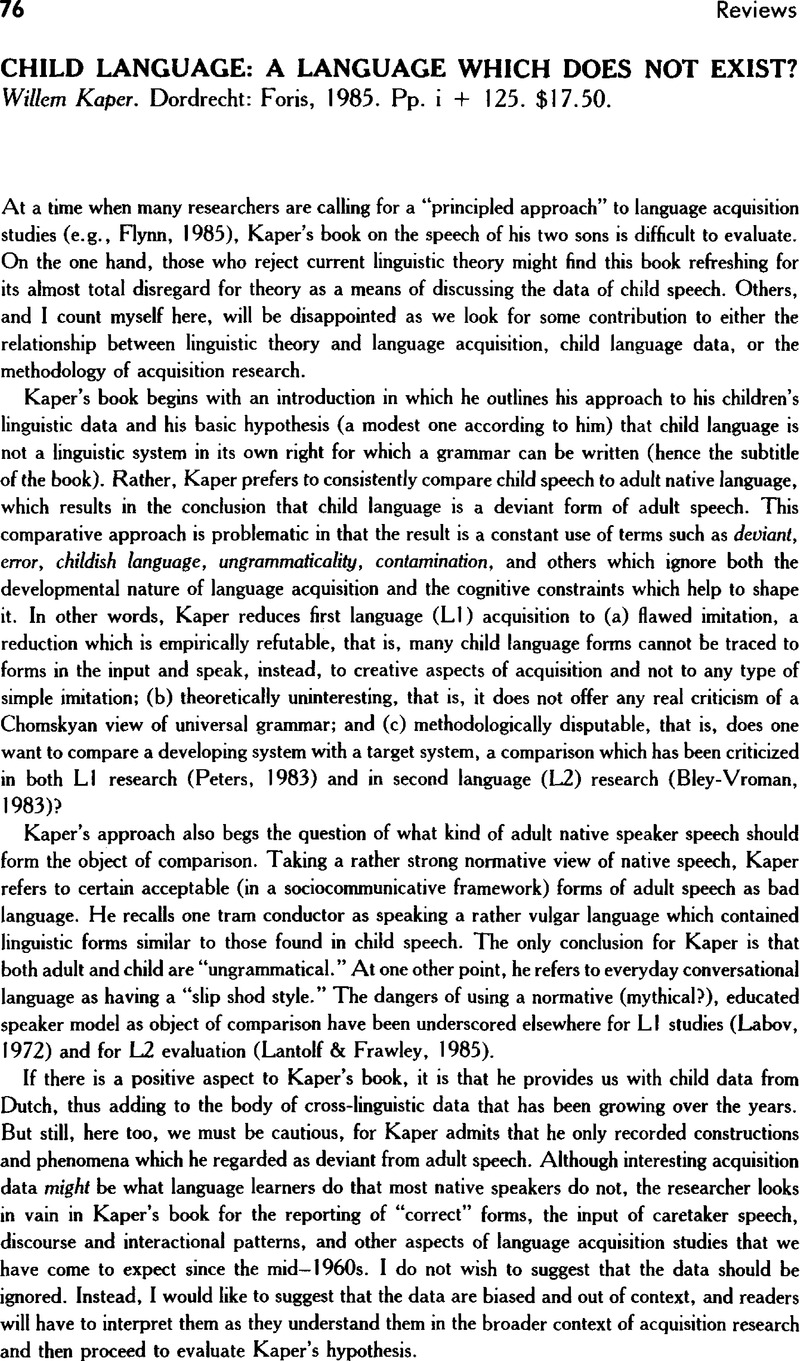Crossref Citations
This article has been cited by the following publications. This list is generated based on data provided by Crossref.
2011.
The Acquisition of German.
p.
350.



